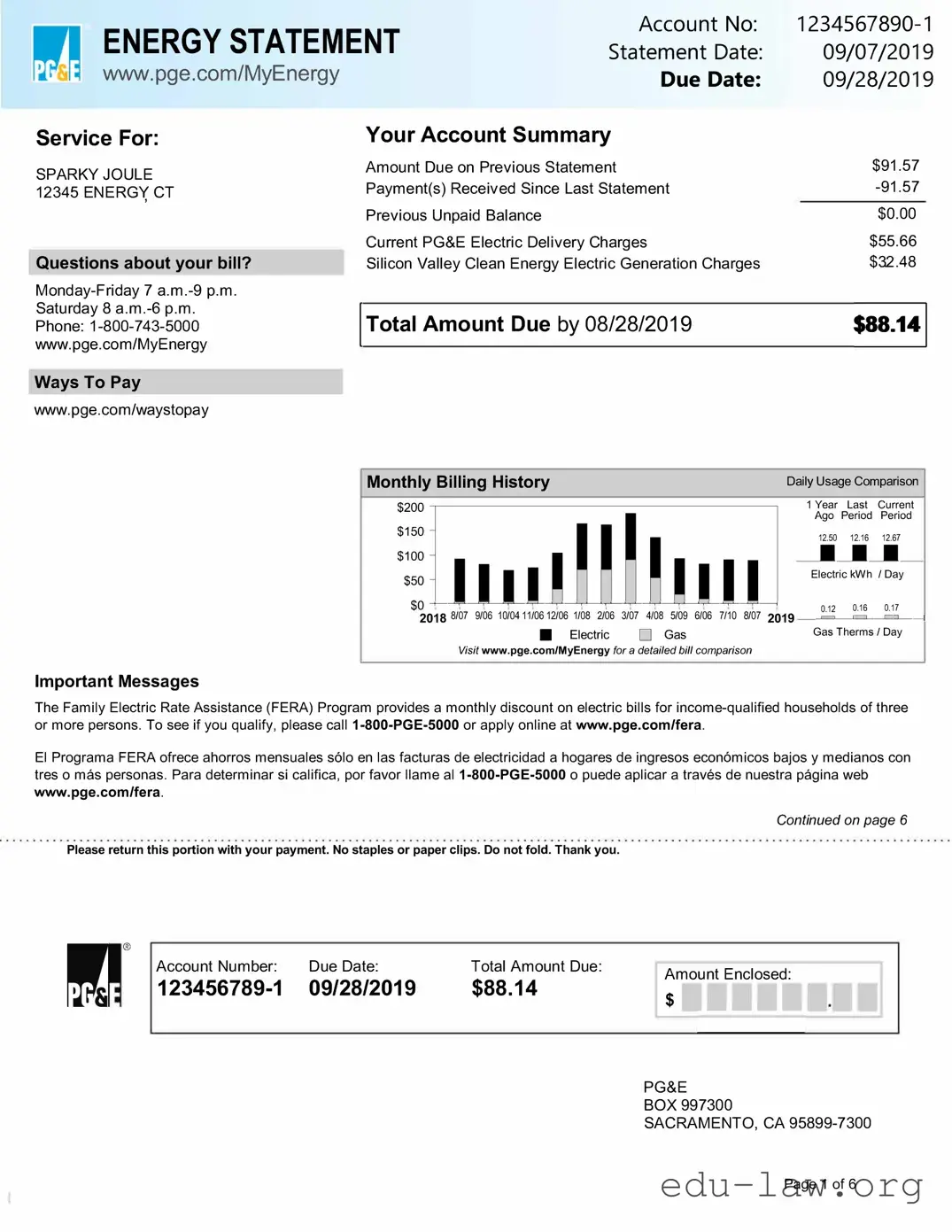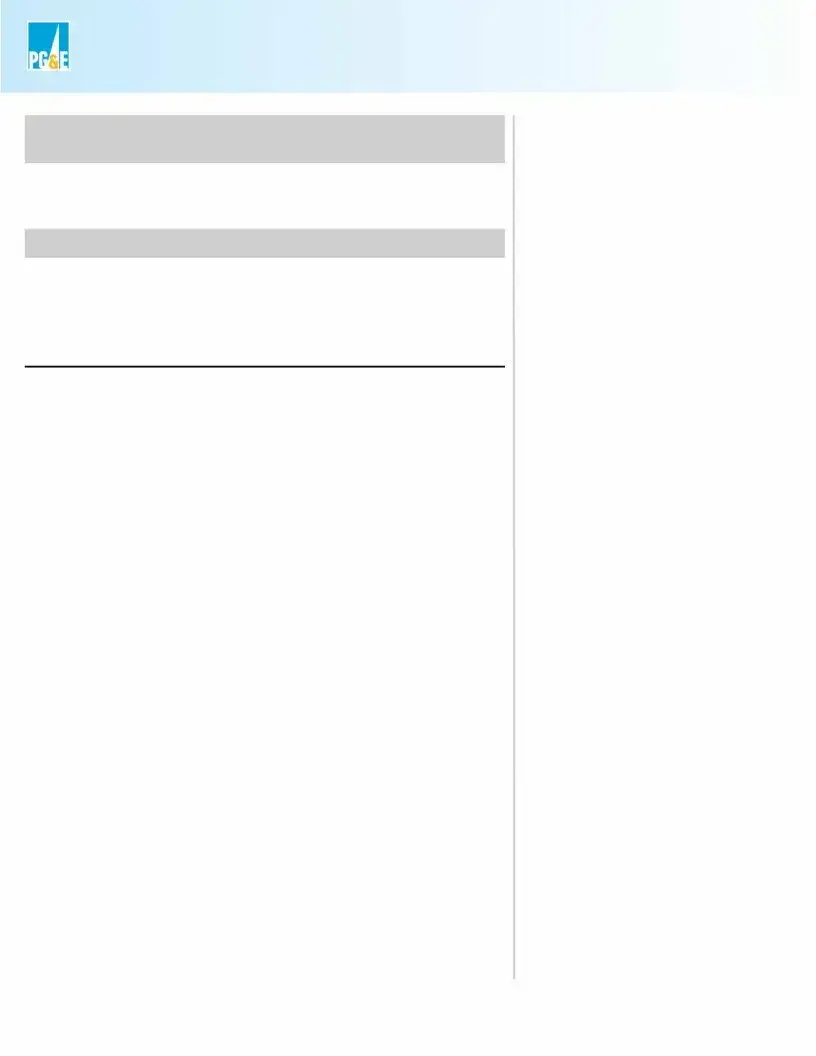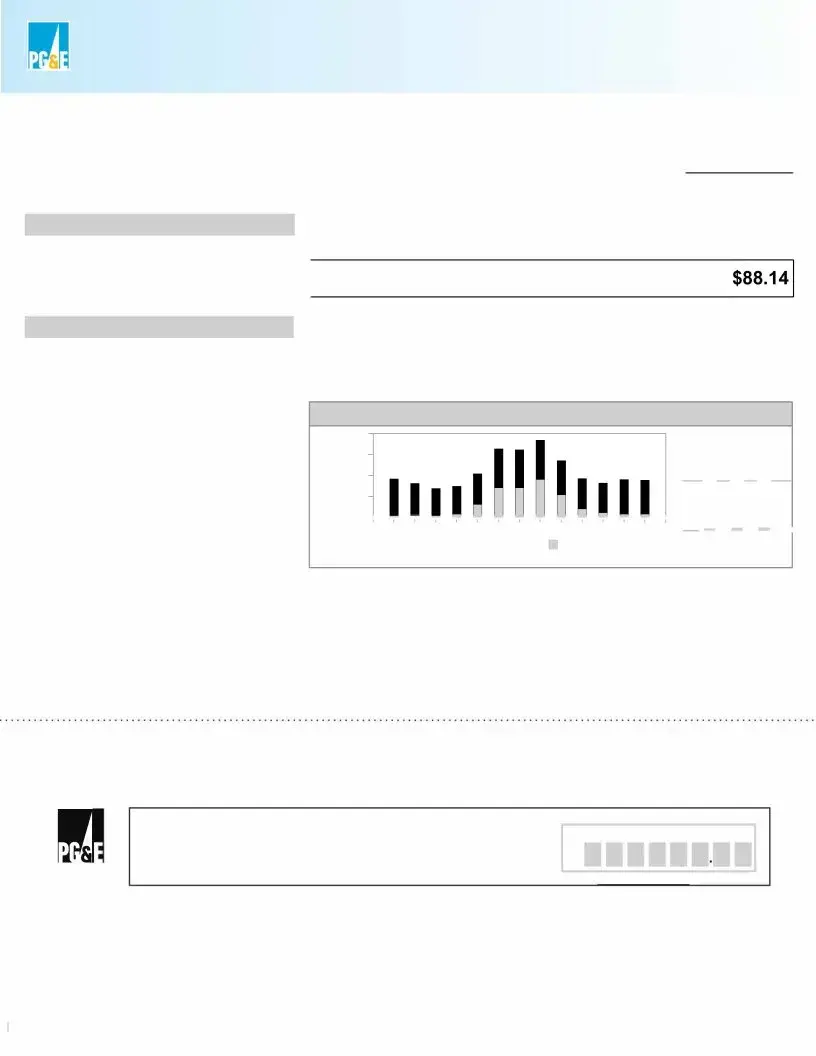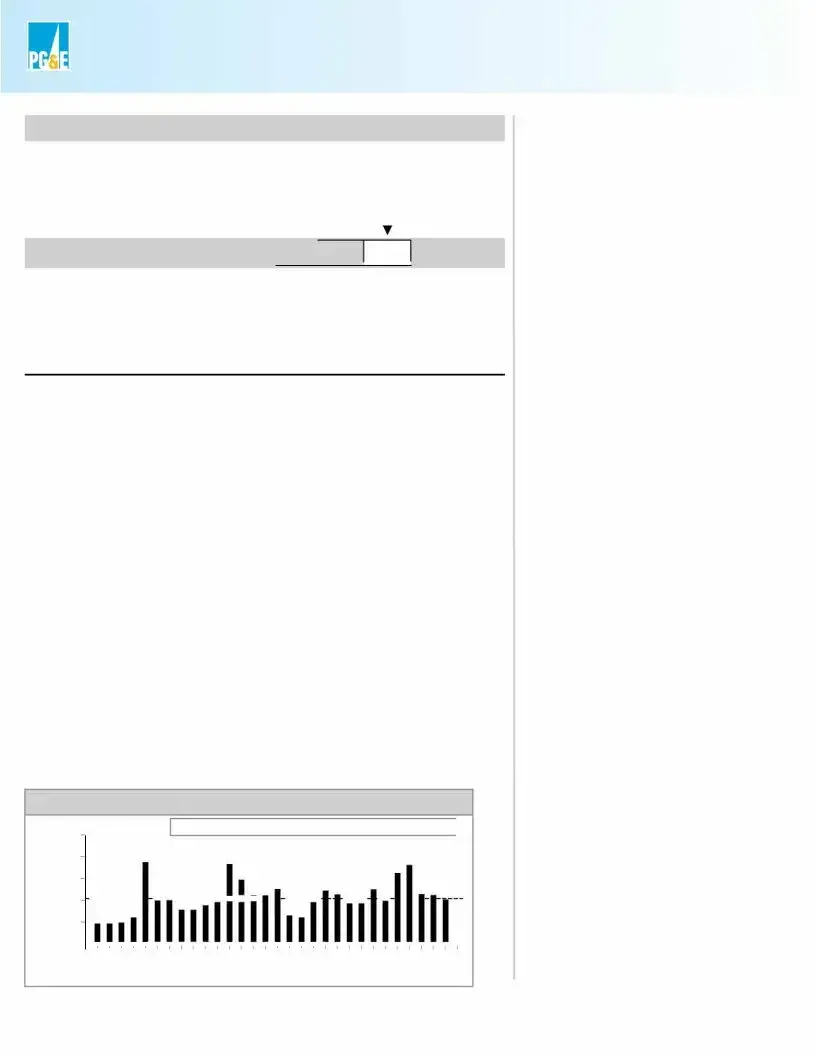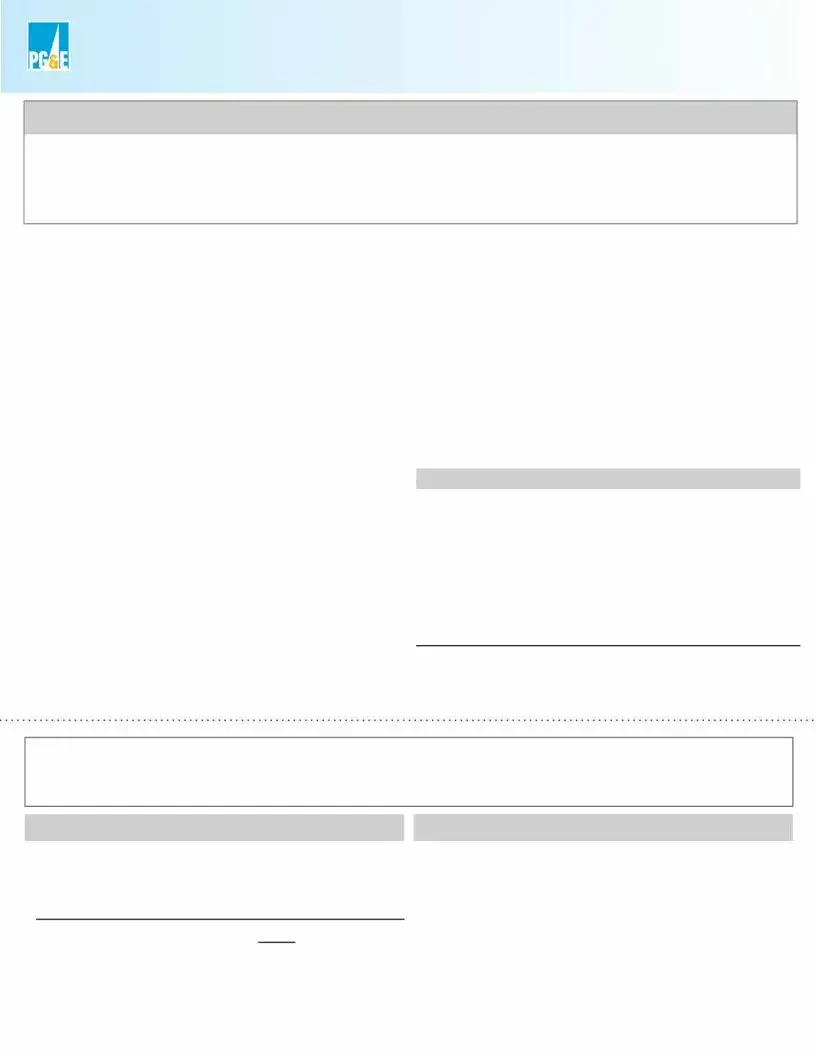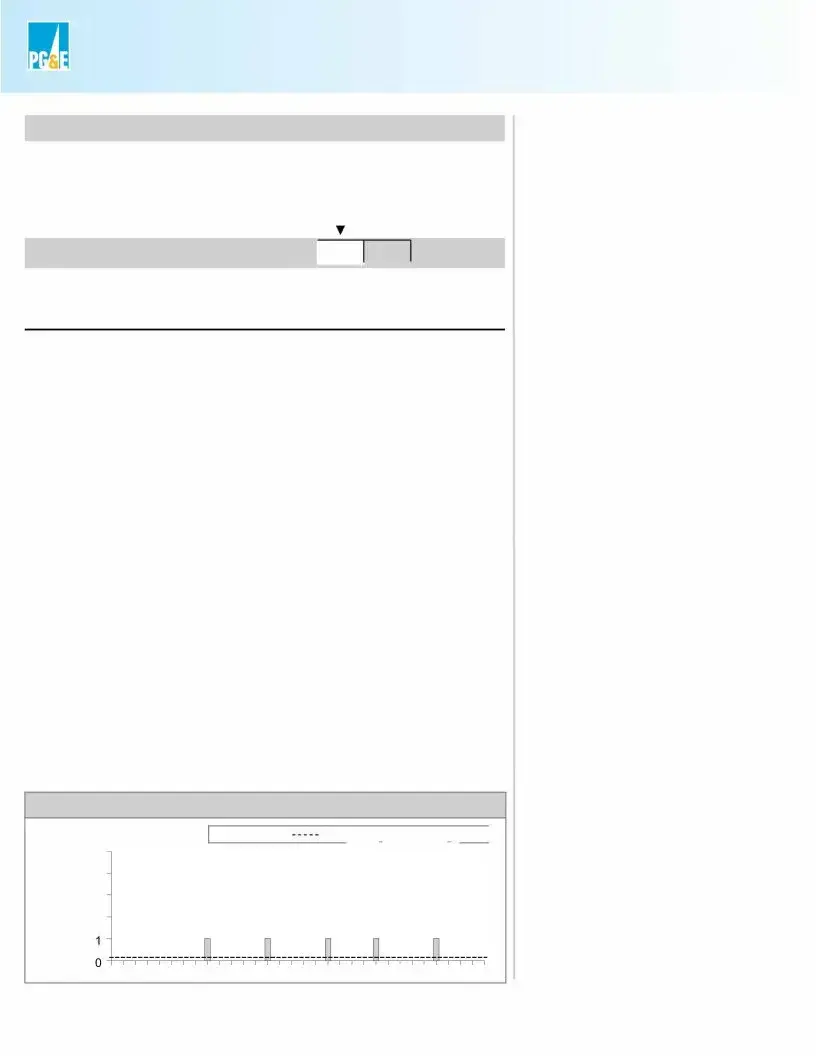What is the Utility Bill form?
The Utility Bill form is a document used to report and keep records of utility expenses. This may include bills for water, gas, electricity, and sewage services. Properly filling out this form can be essential for budgeting or applying for certain services where proof of utility payments is required.
Who needs to fill out the Utility Bill form?
Anyone who is responsible for paying utility bills may need to fill out this form. This includes homeowners, renters, and businesses. It is often required for assistance programs or for verification in financial transactions.
What information is required on the Utility Bill form?
The form typically requires details such as the names of the utility providers, account numbers, billing addresses, payment due dates, and total amounts due. Make sure to also include any past due amounts if applicable.
Is there a deadline to submit the Utility Bill form?
Deadlines may vary based on your specific needs or the purpose of the form. If you are using it for an assistance program, check their guidelines for timely submission. It's best to submit the form as soon as you have all necessary information gathered.
Can I submit the Utility Bill form electronically?
Many organizations accept electronic submissions, while others may require a paper form. Check the requirements of the entity you are submitting it to. If electronic submission is allowed, you may be able to upload scanned copies of your utility bills.
What happens if I submit the Utility Bill form with missing information?
Submitting the form with incomplete information may lead to delays or rejections. The reviewing entity might reach out for the missing information, or they may discard your application altogether. It’s important to review everything carefully before submission.
Can I update the Utility Bill form after I submit it?
Once submitted, updating the Utility Bill form depends on the policies of the receiving organization. Many will allow you to submit corrections or updates. Contact them directly to inquire about their processes for updates.
What should I do if I don’t have a physical copy of my utility bill?
If a physical copy is unavailable, you can usually access your utility bill online through the provider’s website. Most utility companies offer secure online access where you can download or print your bills. If needed, customer service may also assist you in obtaining a copy.
Where can I find the Utility Bill form?
You can typically find the Utility Bill form on websites for various local agencies, utility companies, or financial assistance programs. If you’re unsure where to start, a quick search online or a call to the relevant organization can direct you to the correct source.
What should I do if I need assistance completing the Utility Bill form?
If you require help, consider reaching out to community organizations, friends, or family members who may have experience with this form. There are also many online resources that can provide guidance or even offer step-by-step assistance.
